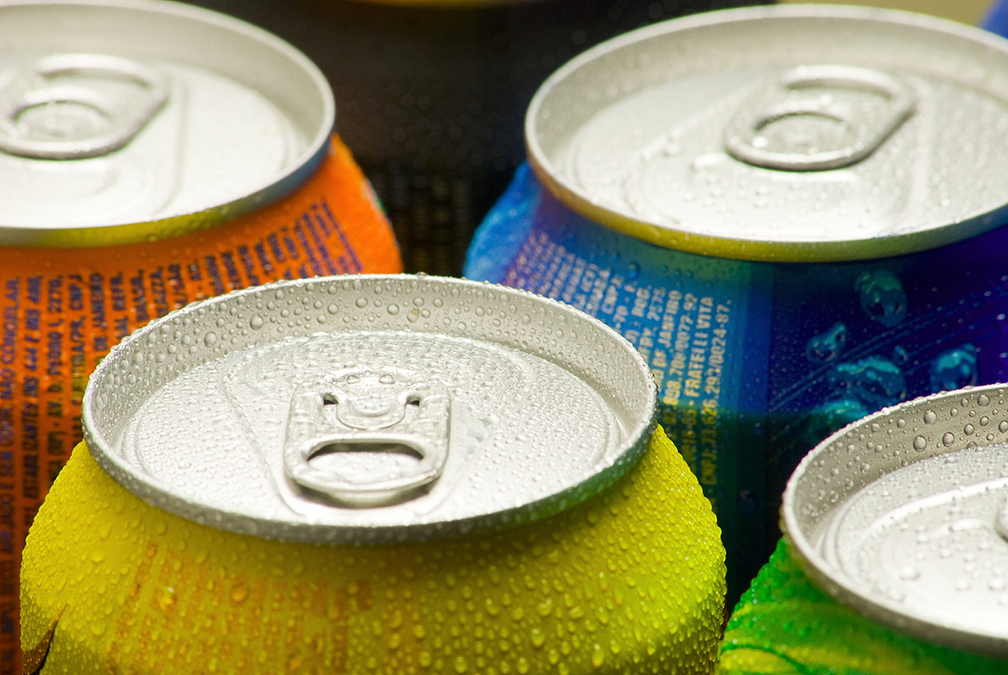 If you suffer nonalcoholic fatty liver disease (NAFLD), the single most important thing that you can do is to reduce your liver’s fat production.
If you suffer nonalcoholic fatty liver disease (NAFLD), the single most important thing that you can do is to reduce your liver’s fat production.
A new study has just appeared in the Journal of Hepatology that reveals terrifying news about one common ingredient that almost all of us consume from time to time.
Consuming this ingredient once doubles your liver’s fat production and keeps it doubled for up to 24 hours.
And it may even be the ‘healthiest’ version of this ingredient that is the worst.
A team from University Hospital Zurich recruited 90 healthy young people who consumed a daily beverage sweetened with different types of sugar for seven weeks. They were then compared with a control group that consumed no sweetened drinks.
The drinks were sweetened with either fructose, glucose, or sucrose. The latter is normal table sugar that is half fructose and half glucose.
Selecting young people as subjects was clever, as the American Department of Health estimates that they consume 11 percent of their calories from sugar-sweetened beverages, ouch!
Throughout these seven weeks, the researchers used substances that could be traced as they moved through their subjects’ bodies to examine the effect of the sweetened drinks.
The findings were interesting:
-
1. After the consumption of the fructose-sweetened drinks, their subjects’ livers produced twice as much fat as the livers of the subjects who consumed no sweetened drinks or of those who consumed glucose-sweetened drinks.
2. Sucrose promoted slightly more fat production in the liver than fructose did, which came as a surprise to the scientists, as fructose was usually assumed to be unhealthier.
3. Glucose-sweetened drinks did not promote fat production.
4. The doubling of the fat production could still be observed 12 hours after the intake of the drink, which is an enormous amount of extra fat in our livers.
Soft drinks, sports drinks, energy drinks, flavored dairy drinks, and fruit juice are all sweetened drinks and are thus worth avoiding.
Fructose does not naturally appear in sufficient amounts in fruit itself to have this effect. The problem with fruit juice is that it excludes the healthy fiber contained in fruit and it usually contains very dense, very fructose-rich fruit concentrates.
This study also shows why you have to limit the amount of table sugar, or sucrose, in your diet. It appears to promote liver fat production even more than fructose does, and it takes only 10 teaspoons per day to do this, according to the study.
If you suffer NAFLD and absolutely must use sweetener, you should try to use glucose.

 Overcoming IBD
Overcoming IBD Multiple Sclerosis
Multiple Sclerosis Banishing Bronchitis
Banishing Bronchitis Gum Disease Gone
Gum Disease Gone Overcoming Onychomycosis
Overcoming Onychomycosis Neuropathy No More
Neuropathy No More The Prostate Protocol
The Prostate Protocol Brain Booster
Brain Booster
 Ironbound
Ironbound
 Solution for Shingles
Solution for Shingles
 The Bone Density Solution
The Bone Density Solution
 The Ultimate Healing Protocol
The Ultimate Healing Protocol
 The Parkinson's Protocol
The Parkinson's Protocol
 The Chronic Kidney Disease Solution
The Chronic Kidney Disease Solution
 Overthrowing Anxiety
Overthrowing Anxiety The Fatty Liver Solution
The Fatty Liver Solution The Hypothyroidism Solution
The Hypothyroidism Solution
 The End of Gout
The End of Gout The Blood Pressure Program
The Blood Pressure Program
 The Oxigized Cholesterol Strategy
The Oxigized Cholesterol Strategy
 Stop Snoring And Sleep Apnea Program
Stop Snoring And Sleep Apnea Program
 The Arthritis Strategy
The Arthritis Strategy The Vertigo & Dizziness Program
The Vertigo & Dizziness Program The 3-Step Diabetes Strategy
The 3-Step Diabetes Strategy Hemorrhoids Healing Protocol
Hemorrhoids Healing Protocol The Erectile Dysfunction Master
The Erectile Dysfunction Master Weight Loss Breeze
Weight Loss Breeze The IBS Program
The IBS Program The Insomnia Program
The Insomnia Program The Migraine and Headache Program
The Migraine and Headache Program The Neck Pain Solution
The Neck Pain Solution The Menopause Solution
The Menopause Solution The Ejaculation Master
The Ejaculation Master The TMJ Solution
The TMJ Solution The Acid Reflux Solution
The Acid Reflux Solution The Fibromyalgia Solution
The Fibromyalgia Solution The Psoriasis Strategy
The Psoriasis Strategy